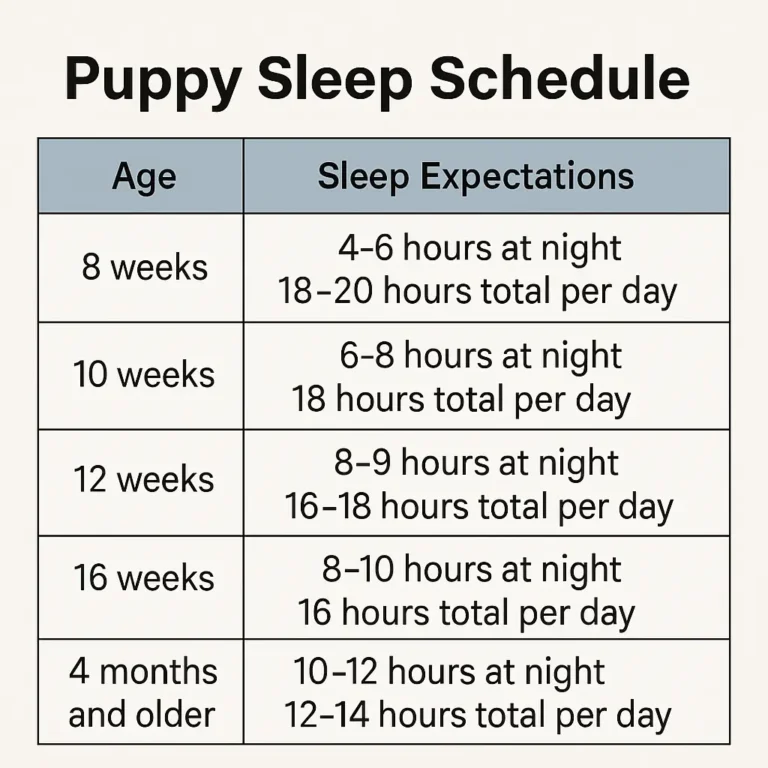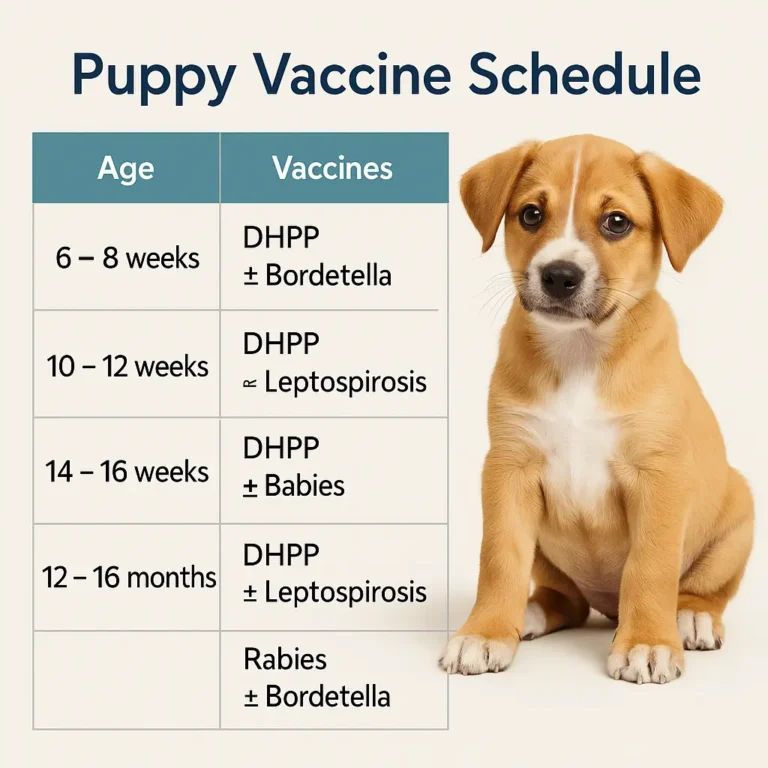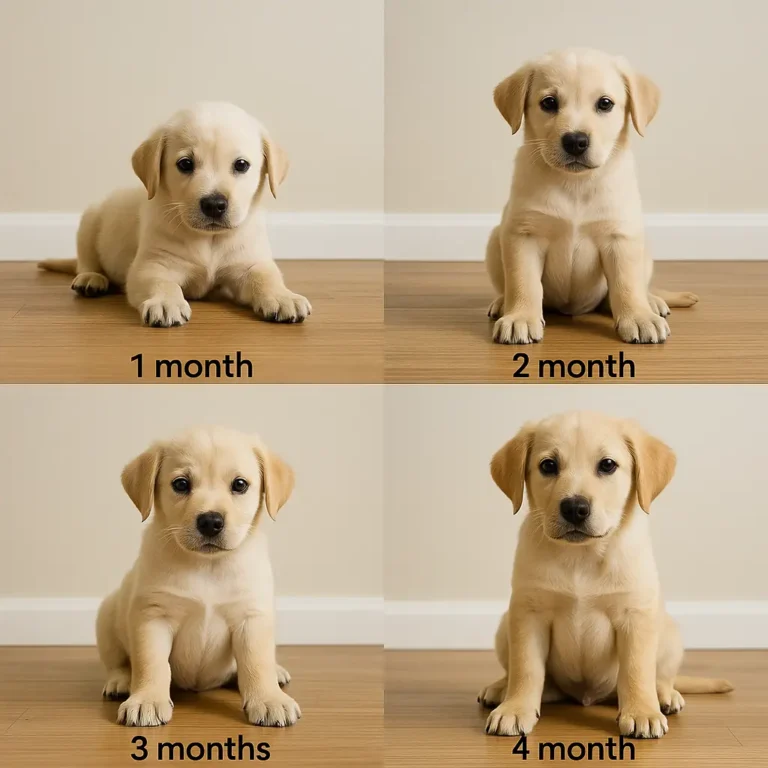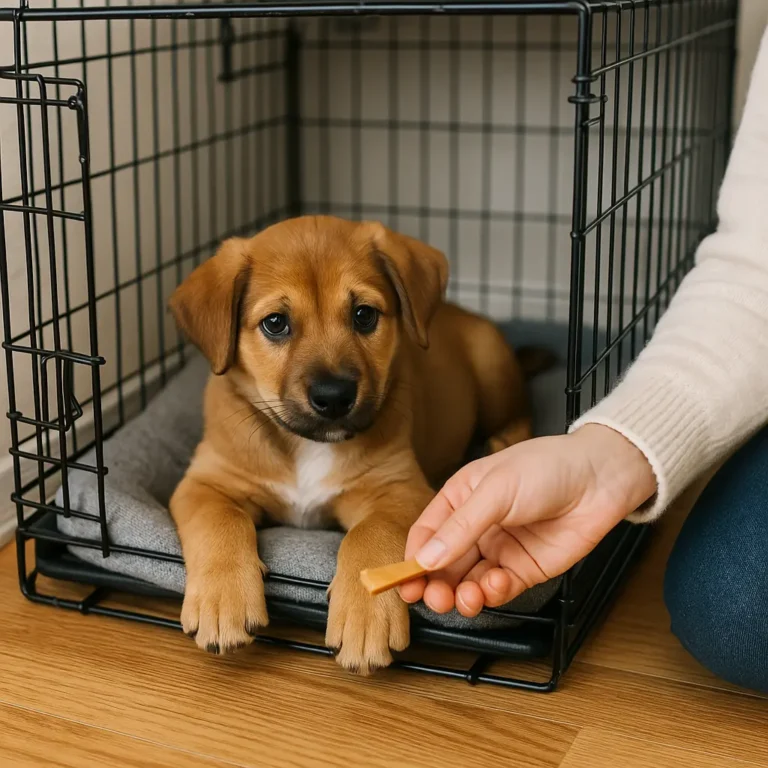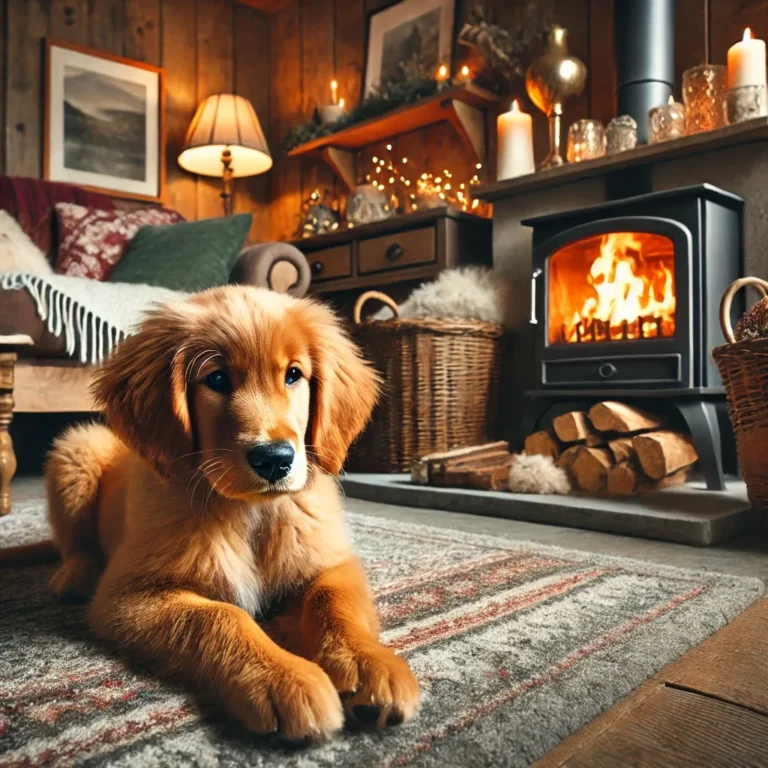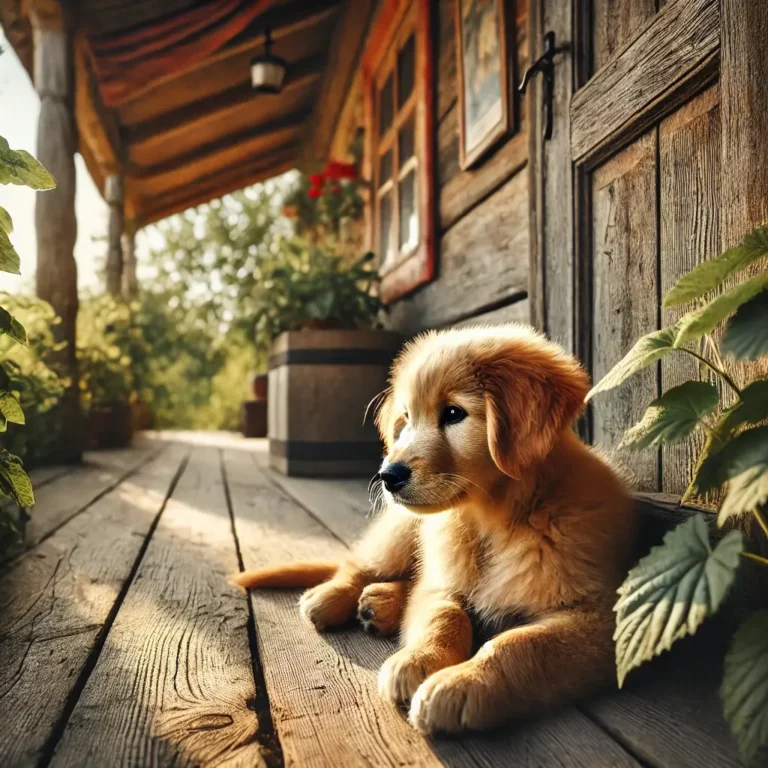White Golden Retriever
White Golden Retriever: The Elegant and Loyal Companion
The White Golden Retriever, also known as the English Cream Golden Retriever, is a stunning variation of the traditional Golden Retriever. With its silky white coat and friendly personality, this breed captures hearts worldwide. Known for their intelligence, loyalty, and affectionate nature, Golden Retrievers white are among the most sought-after family dogs.
Despite their unique appearance, these dogs share the same friendly and gentle temperament as standard Golden Retrievers. They excel in obedience training, therapy work, and outdoor activities, making them ideal companions for active individuals and families.
So, what is a White Golden Retriever called? They are often referred to as English Cream Retrievers due to their light-colored coats. These retrievers thrive in loving homes where they receive ample playtime, training, and attention. If you’re looking for a gentle and affectionate pet, the White Golden Retriever is a perfect choice.

White Golden Retriever Puppy: Adorable and Intelligent
White Golden Retriever puppies are known for their fluffy, light-colored coats and playful nature. From an early age, they exhibit intelligence and curiosity, making training a delightful experience. Early socialization and basic obedience training help them grow into well-mannered adults.
These puppies love engaging in games like fetch, tug-of-war, and interactive puzzle toys. Due to their high energy levels, they require structured playtime and exercise to keep them physically and mentally stimulated. Proper puppy training ensures they develop into obedient and affectionate companions. Check out our puppy guide to start your journey with a well-behaved pup.
Breed Traits
The White Golden Retriever is known for its intelligence, affectionate nature, and boundless energy. They thrive in environments that offer regular exercise, mental stimulation, and human interaction, making them perfect family pets.
A Golden Retriever white typically has a lifespan of 10 to 12 years. Providing a balanced diet, regular vet checkups, and daily exercise ensures a long and healthy life.
These retrievers stand between 20 to 24 inches tall at the shoulder. Their well-proportioned bodies and athletic build make them excellent companions for active lifestyles.
A fully grown White Golden Retriever weighs 55 to 75 pounds, with males being larger than females. Proper nutrition and regular activity help maintain a healthy weight and prevent obesity.
White Golden Retrievers adapt well to homes with spacious yards but can live in apartments if exercised sufficiently. They require plenty of companionship and do best in loving, active households.
Breed Characteristics
The White Golden Retriever is highly social, affectionate, and eager to please. Their mild temperament and intelligence make them excellent service dogs, therapy animals, and loyal family pets.
These retrievers are exceptionally gentle with children and enjoy spending time with their families. Their affectionate and friendly demeanor makes them the perfect addition to any loving home.
Their muscular build, broad head, and expressive eyes give them a regal appearance. Their soft, cream-colored coat enhances their beauty, setting them apart from the traditional golden-colored retrievers.
The White Golden Retriever is one of the most social breeds, forming strong bonds with humans and other pets. Early socialization ensures they grow into confident and friendly companions.
These dogs are intelligent, eager to learn, and incredibly loyal. Their affectionate nature makes them fantastic therapy and service dogs, as well as ideal pets for families and individuals.
Training: Teaching Your White Golden Retriever
Training a White Golden Retriever is a rewarding experience due to their intelligence and eagerness to please. Start with basic obedience training, including commands like sit, stay, and recall.
They respond well to positive reinforcement, so reward-based training with treats and praise is effective. Due to their high energy, incorporating activities like agility, swimming, and interactive games keeps them engaged.
Socialization from an early age helps them develop confidence and reduces anxiety. Explore our training guide for expert tips on raising a well-behaved Golden Retriever white.
White Golden Retriever History & Facts
The White Golden Retriever traces its lineage back to traditional Golden Retrievers, originating in Scotland during the 19th century. Dog breed for hunting and retrieving, they were prized for their intelligence and obedience.
The lighter coat variation emerged due to selective breeding in England, where breeders aimed for a cream-colored, softer-coated retriever. Today, the White Golden Retriever is commonly associated with English Cream Golden Retrievers due to its distinct pale coat and slightly stockier build.
Despite their unique appearance, they retain the same temperament, intelligence, and affectionate nature as their golden-coated counterparts. Learn more about their origins in our Golden Retriever breed guide.
The White Golden Retriever is often referred to as an English Cream Golden Retriever due to its light-colored coat.
They are calmer than American Golden Retrievers, making them ideal therapy dogs.
These retrievers excel in obedience, agility, and service roles.
They form strong bonds with their owners, offering unmatched companionship.
Whether hiking, swimming, or retrieving, they excel in outdoor activities.
Golden Retriever Mixes: Discover More Unique Breeds
Golden Retrievers are often crossbred to create unique hybrids with diverse temperaments and appearances. Some remarkable Golden Retriever mixes include:
- Golden Retriever Border Collie Mix – A highly intelligent and energetic breed, perfect for active families.
- Golden Retriever Great Pyrenees Mix – A gentle giant with protective instincts, ideal for families with large spaces.
- Golden Retriever Dachshund Mix – A unique blend of agility and loyalty, perfect for small to medium-sized homes.
Each mix inherits unique qualities from the Golden Retriever, making them adaptable and loving pets. Explore more Golden Retriever hybrids on our Golden Retriever mix breeds page.
Food: Nutritional Needs of the White Golden Retriever
The White Golden Retriever requires a high-protein diet to maintain its energy levels and lean muscle mass. A mix of quality dry kibble, fresh meat, and vegetables supports their immune system and digestion. Incorporate omega-3 fatty acids to enhance their coat’s shine and joint health. Avoid excessive grains or artificial additives, as they can cause allergies. Controlled portion sizes help prevent obesity, a common issue in Golden Retrievers. Providing fresh water at all times is crucial for hydration. Explore the best dog food options to ensure a well-balanced diet for your Golden Retriever White.
GoldeWhite Golden Retriever Behavior
The White Golden Retriever is known for its gentle, friendly, and affectionate temperament. They thrive on companionship and form strong bonds with their families. Their playful and loyal nature makes them excellent with children and other pets. Regular interaction and mental stimulation help them stay well-balanced and prevent behavioral issues.
Alertness
Protectiveness
Prey drive
Aggressiveness
Barking level
Trainability
Mental stimulation needs
Intelligence
Golden Retriever Mixes: Discover Unique Breeds
Golden Retriever mixes inherit the Retriever’s affectionate and friendly nature while blending the characteristics of another breed. Each mix offers a unique personality, energy level, and appearance, making them suitable for various lifestyles.
Some popular Golden Retriever Mix Breeds include:
- Golden Retriever Husky Mix – A high-energy hybrid with a thick coat and playful spirit.
- Golden Retriever Labrador Mix – Intelligent, loyal, and easy to train, making them perfect for families.
- Golden Retriever Poodle Mix (Goldendoodle) – A hypoallergenic companion with a fun-loving nature.
Explore more Golden Retriever Mix Breeds to find the best fit for your home.
Grooming: Maintaining the White Golden Retriever’s Coat
The Golden Retriever White requires regular grooming to maintain its soft, luxurious coat. Brushing 3-4 times a week prevents matting and reduces shedding. Bathing should be done once a month using a gentle, hypoallergenic shampoo to preserve natural oils. Regular ear cleaning, nail trimming, and teeth brushing prevent infections and promote overall hygiene. Due to their white fur, they may require extra care to keep their coat bright. Proper grooming enhances their appearance and health, ensuring they remain happy and comfortable. Learn more about dog grooming techniques to maintain their best look.
Physical Attributes: White Golden Retriever
The White Golden Retriever boasts a muscular yet elegant build, standing out with its cream to pure white coat. With expressive dark eyes, a strong jawline, and a feathery tail, this breed embodies both strength and grace. Their broad skull and athletic frame make them agile yet gentle companions.
Breed Size
Colours
Coat
Drooling
Snoring
Exercise Needs
Grooming Needs
Aggressiveness
Health: Ensuring a Long and Healthy Life
The Golden Retriever White is generally healthy but prone to hip dysplasia, heart issues, and allergies. A well-balanced diet, regular vet check-ups, and daily exercise help prevent common illnesses. Their thick coat requires maintenance to prevent skin infections. Eye conditions, such as cataracts, can occur in older dogs, requiring proper eye care. Maintaining an active lifestyle ensures joint health, reducing the risk of arthritis. With proper care, this breed enjoys a lifespan of 10-12 years. Explore essential dog health tips to keep your Golden Retriever White in top shape.
Medium-to-Large Dog Breed: Ideal for Active Families
The White Golden Retriever fits within the medium-to-large dog breed category, offering the best of both worlds. Their balanced size makes them agile, active, and manageable, suitable for houses with yards or apartments (with proper exercise). Known for their trainability, gentle temperament, and adaptability, they are perfect for families, individuals, or seniors seeking a loving companion. Their friendly nature and loyalty make them ideal therapy or emotional support dogs. If you’re looking for a medium-to-large breed that thrives on companionship and activity, the White Golden Retriever is an excellent choice.
White Golden Retriever faq
1. What is a White Golden Retriever called?
2. Do White Golden Retrievers have different temperaments?
3. Are White Golden Retrievers rare?
4. Do White Golden Retrievers shed a lot?
5. How much exercise does a White Golden Retriever need?
6. Are White Golden Retrievers good for first-time owners?
7. Do they get along with other pets?
8. Are they prone to health issues?
Dog Life: A Day in the Life of a White Golden Retriever
A White Golden Retriever’s day is filled with exercise, play, and companionship. Mornings start with a brisk walk or jog, followed by playtime with toys or obedience training. Midday involves resting indoors, while evenings bring social interactions and interactive games. Their friendly personality makes them thrive in family settings, always seeking affection. They enjoy cuddles and companionship, making them a perfect emotional support dog. Nights end with relaxation by their owners’ side, completing their well-balanced routine. If properly exercised, they remain calm and well-behaved, making them an ideal companion for various lifestyles.
The White Golden Retriever is a devoted, affectionate, and intelligent breed that thrives in family environments. Their eager-to-please nature and trainability make them perfect for first-time owners, families with children, and seniors. With proper exercise, diet, and training, they develop into well-rounded companions. Their stunning white coat, paired with their friendly personality, makes them stand out among Golden Retriever variations. Whether as a therapy dog, exercise partner, or family pet, the Golden Retriever White is a loyal and loving choice for any home. You can also play the what dog breed am i quiz to know more about your dog personality.

